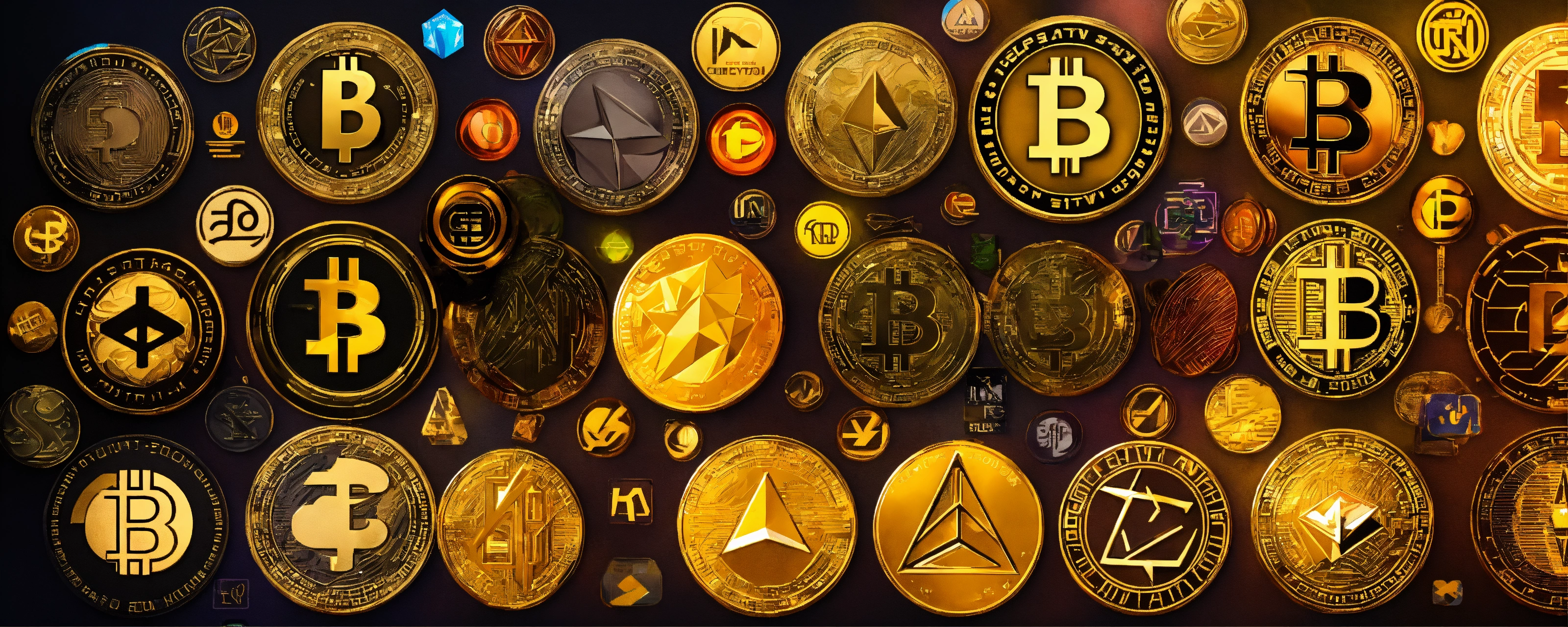The evolution of crypto art represents a fascinating journey from traditional digital art to a revolutionary new medium secured by blockchain technology. This transformation has been significantly influenced by the rise of cryptocurrency and non-fungible tokens (NFTs), reshaping how art is created, bought, and sold in the digital age.
In the early days of digital art, creators used software tools to produce artwork that existed purely in digital form. While this allowed for innovation and experimentation, it also posed challenges related to ownership and authenticity. Traditional digital art could be easily copied and shared, leading to concerns about intellectual property and the true value of digital creations. This is where cryptocurrency, specifically blockchain technology, began to make a transformative impact.
The introduction of blockchain technology with Bitcoin marked the beginning of a new era for digital assets. Blockchain’s decentralised ledger system provided a way to record transactions transparently and securely, creating a foundation for digital ownership and authenticity. This technological advancement paved the way for the creation of non-fungible tokens (NFTs), unique digital tokens that represent ownership of specific digital assets, including art.
NFTs revolutionised the crypto art market by introducing a system where digital art could be owned, bought, and sold with verifiable proof of authenticity and scarcity. Each NFT is encoded with a unique identifier, which is recorded on the blockchain, ensuring that the digital art it represents is one-of-a-kind. This breakthrough allowed artists to establish provenance and ownership of their digital creations, addressing many of the issues associated with traditional digital art.
As the use of cryptocurrency and blockchain technology in art gained traction, the crypto art market began to flourish. Artists and collectors embraced this new medium, leading to a surge in NFT art sales and exhibitions. Major platforms and marketplaces, such as OpenSea, Rarible, and Foundation, emerged to facilitate the buying and selling of NFTs, providing artists with new avenues to reach global audiences and earn income from their work.
The rise of crypto art has also been accompanied by a shift in the art world’s perception of digital art. No longer viewed as ephemeral or less valuable than physical art, digital and crypto art have gained recognition and legitimacy. Esteemed art institutions, galleries, and auction houses have begun to engage with the crypto art market, hosting exhibitions and auctions dedicated to NFT artworks. This mainstream acceptance has helped to solidify the position of cryptocurrency-based art as a significant and valuable component of the contemporary art landscape.
Despite its rapid growth and innovation, the crypto art market faces several challenges and considerations. Environmental concerns related to the energy consumption of blockchain networks used for minting and trading NFTs have sparked discussions about sustainability. Additionally, the speculative nature of the crypto art market can lead to price volatility and the potential for market manipulation. Addressing these challenges while preserving the core principles of decentralisation and innovation is crucial for the long-term success and sustainability of the crypto art ecosystem.
In conclusion, the evolution of crypto art from traditional digital creations to blockchain-based NFTs represents a groundbreaking shift in the art world. Cryptocurrency and blockchain technology have enabled artists to secure digital ownership, create unique art pieces, and engage with a global audience in ways that were previously unimaginable. As the market continues to evolve, the fusion of art and technology promises to bring new opportunities and challenges, reshaping the future of art and its role in the digital economy.








0 Comments